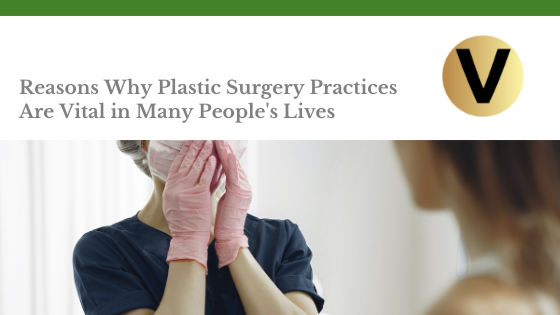Plastic surgery is considered a surgical specialty that is involved with both improving someone’s appearance and the construction of facial and body tissue defects incurring because of illness, trauma, or birth disorders. This improvement is accomplished by reconstructive surgery that transfers tissue from one body part to another. There is a wide range of highly individualized operations. Microsurgical reconstruction is typically reserved for complex reconstructive surgery problems. It is used when other options (i.e., primary closure, skin grafting, local or regional flap transfer) are inadequate.
Plastic Surgery Differs from Cosmetic Surgery
When hearing the words plastic surgery, many people think of cosmetic surgery and associate such procedures with vanity rather than health. However, there is a clear distinction between cosmetic surgery and plastic surgery. Cosmetic surgery is performed for the improvement of appearance. The other surgery, plastic surgery, has a name taken from the Greek word plastikos, which means to give form or mold. Much plastic surgery involves the reconstruction of body tissue defects, reconstructive surgery to correct congenital deformities or repair problems caused by trauma or tumor removal. It is also used to repair facial defects caused by illness. Some people have needed plastic surgery to reconstruct facial or body tissue damage after suffering trauma, an illness, or birth disorders; such surgery has helped many people to have much happier and more normal lives.
Microsurgery Procedures by Plastic Surgeons
Plastic surgery includes rhinoplasty, nose reconstruction for aesthetic purposes or restoring the form and function of the nasal passages, microsurgery, transfer of body tissue to another part of the body (as with burns), carpal tunnel surgery, and peripheral nerve surgery. Some people have needed the reconstruction of facial or body tissue defects from birth disorders or after suffering trauma or certain illnesses. Fortunately, plastic surgery has enabled people to live everyday lives as it improves and restores bodily functions and a normal appearance. This normality occurs with the surgical reconstruction of the body and facial tissue harmed by birth disorders, trauma, or illness. Such surgery can involve any part of a person’s anatomy except the nervous system. For instance, there can be an improvement in cleft palate and cleft lip. Or, progress can occur in the skin’s appearance after burns, scars, birthmarks, or tattoos have been removed.
Other examples of plastic surgery include the following:
–Breast reconstruction using free tissue transfer
–Free muscle transfer for types of muscle paralysis
–Vascularized bone flap transfer
–Grafting of skin and nerve repair
–Wound reconstruction,
–Lymphatic reconstruction
–Reconstruction of a complex wound

